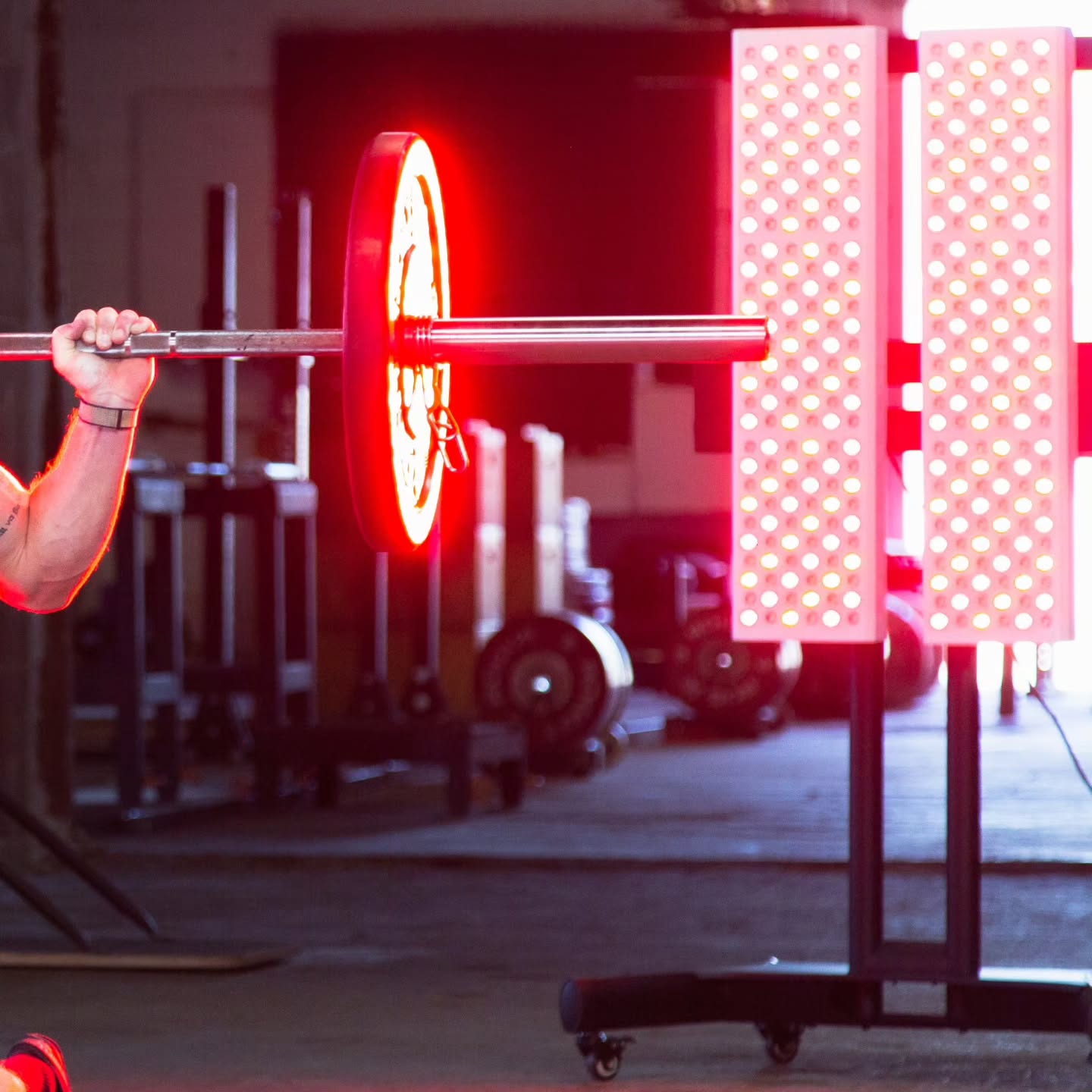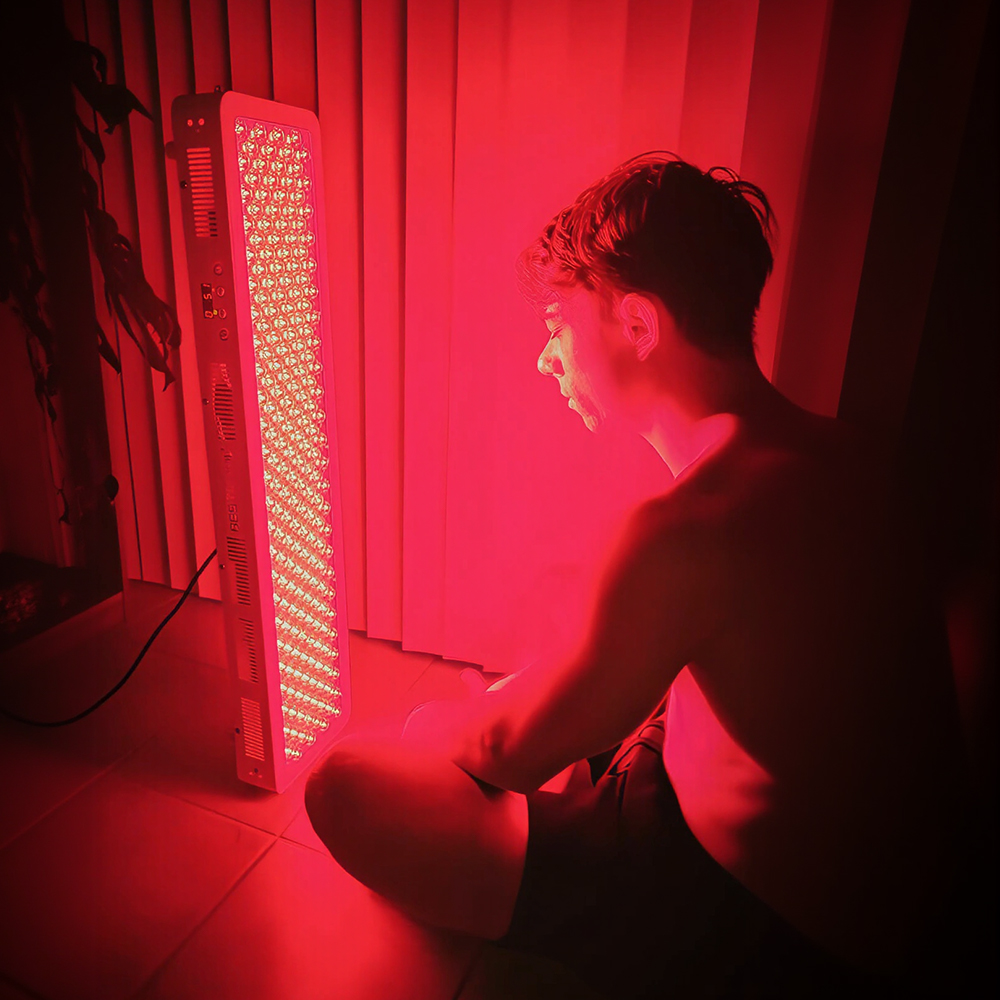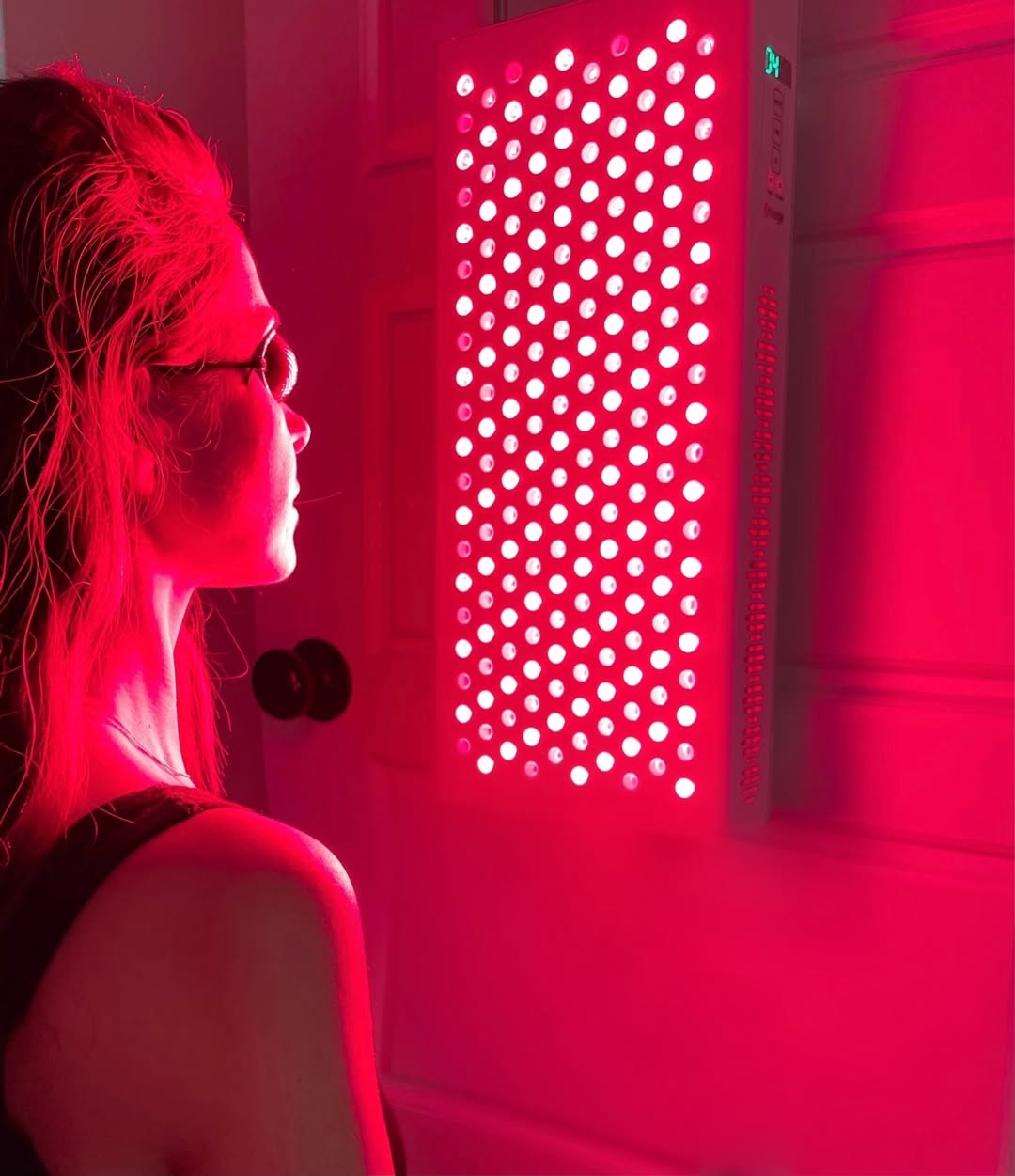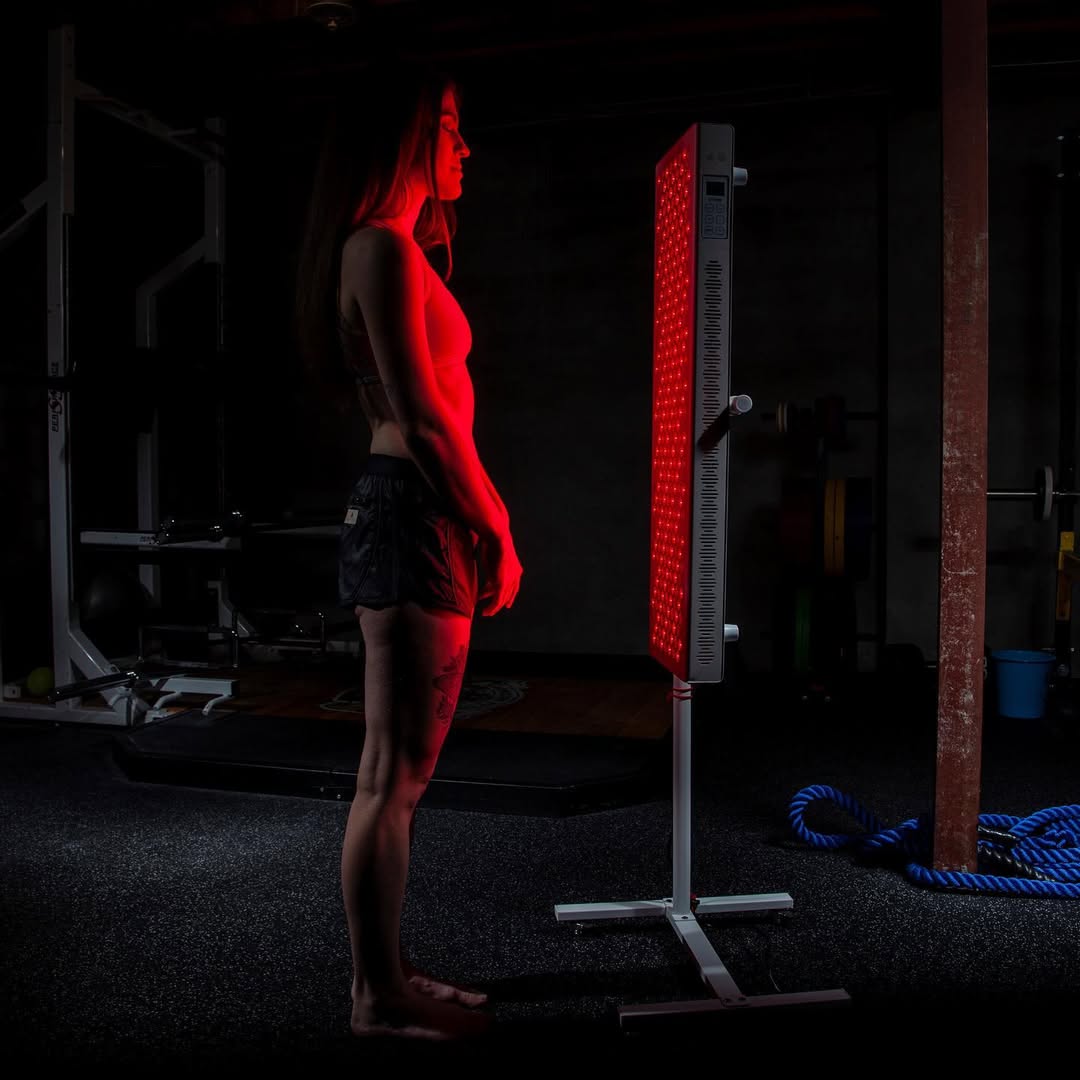![]() Free Shipping
Free Shipping ![]() Buy Now, Pay Later
Buy Now, Pay Later ![]() Eligible
Eligible
Red Light Therapy vs. Cryotherapy: Which is Better for Athlete Recovery?

Athletes constantly push their bodies to the limit, and recovery is just as crucial as training itself. With so many advanced recovery modalities available, two stand out for their effectiveness and popularity: red light therapy (RLT) and cryotherapy. Both promise faster recovery, reduced inflammation, and enhanced performance—but which one is truly better for athletes?
In this in-depth comparison, we’ll explore:
- How each therapy works
- Scientific evidence supporting their benefits
- Pros and cons for athletic recovery
- Which athletes benefit most from each method
- Whether combining them could be the ultimate recovery strategy
Let’s dive in!
Understanding Red Light Therapy (RLT)
What Is Red Light Therapy?
Red light therapy, also known as low-level laser therapy (LLLT) or photobiomodulation, uses specific wavelengths of red and near-infrared light to penetrate the skin and stimulate cellular repair. Unlike UV light, RLT doesn’t damage the skin—instead, it enhances mitochondrial function, boosting ATP (energy) production and accelerating healing.
How Does It Help Athletes?
- Reduces Inflammation & Muscle Soreness
- Studies show RLT decreases inflammatory markers like IL-6 and TNF-alpha, helping athletes recover faster from intense workouts.
- A 2016 study in the Journal of Athletic Training found RLT significantly reduced delayed-onset muscle soreness (DOMS) in athletes.
- Speeds Up Muscle Repair
- By enhancing collagen synthesis and circulation, RLT helps repair muscle fibers and connective tissues.
- Improves Joint & Tendon Recovery
- Athletes with tendonitis or joint pain benefit from RLT’s ability to reduce oxidative stress and promote tissue regeneration.
- Enhances Performance
- Some research suggests RLT before workouts can increase endurance and strength output by improving cellular energy.
Pros of RLT for Athletes
✅ Non-invasive and pain-free
✅ No downtime—can be used daily
✅ Supports long-term tissue health
✅ Can be used before workouts for performance benefits
Cons of RLT
❌ Requires consistent sessions for best results
❌ Full-body treatments can be expensive without at-home devices
VELLGUS Elite V2
THE #1 RATED RED LIGHT DEVICE
VELLGUS pro V2
THE #1 RATED FULL BODY RED LIGHT DEVICE
Understanding Cryotherapy
What Is Cryotherapy?
Cryotherapy involves exposing the body to extremely cold temperatures (typically between -110°C to -140°C) for short periods (2-4 minutes). It comes in two forms:
- Whole-body cryotherapy (WBC) – Standing in a cryo chamber
- Localized cryotherapy – Targeting specific muscles with cold air or ice
How Does It Help Athletes?
- Reduces Inflammation & Swelling
- The extreme cold causes vasoconstriction, reducing blood flow to inflamed areas. Once the body reheats, fresh oxygenated blood rushes back, aiding recovery.
- Decreases Muscle Pain & DOMS
- A 2017 meta-analysis in Frontiers in Physiology found cryotherapy effective for reducing post-exercise soreness.
- Speeds Up Recovery Between Workouts
- Many elite athletes (like LeBron James and Cristiano Ronaldo) use cryotherapy to recover faster between games.
- May Boost Metabolism & Energy
- Some studies suggest cryotherapy activates brown fat, which could help with energy expenditure.
Pros of Cryotherapy for Athletes
✅ Fast treatment (only 2-4 minutes)
✅ Immediate pain relief and reduced swelling
✅ Popular among pro athletes for quick recovery
Cons of Cryotherapy
❌ Short-term benefits—effects may not last as long as RLT
❌ Risk of frostbite if not done properly
❌ Can be uncomfortable (extreme cold isn’t for everyone)
Red Light Therapy vs. Cryotherapy: Head-to-Head Comparison
| Factor | Red Light Therapy | Cryotherapy |
|---|---|---|
| Mechanism | Stimulates cellular repair via light | Reduces inflammation via extreme cold |
| Best For | Long-term recovery, tissue repair | Immediate pain relief, post-workout inflammation |
| Treatment Time | 10-20 minutes per session | 2-4 minutes |
| Pain Relief | Gradual, long-lasting | Fast but temporary |
| Performance Boost | May enhance endurance & strength | No direct performance boost |
| Safety | Very safe, no side effects | Risk of frostbite if misused |
| Cost | Moderate (at-home devices available) | Expensive (requires professional sessions) |
Which One Should Athletes Choose?
Choose Red Light Therapy If You…
✔ Want long-term healing (tendons, joints, chronic injuries)
✔ Prefer a gentle, non-invasive approach
✔ Are looking for performance enhancement (pre-workout use)
Choose Cryotherapy If You…
✔ Need immediate relief after intense training or games
✔ Have acute inflammation or swelling
✔ Can tolerate extreme cold for short bursts
The Best of Both Worlds?
Some athletes combine both therapies for optimal recovery:
- Cryotherapy post-workout to reduce acute inflammation
- Red light therapy a few hours later (or the next day) to promote cellular repair
This hybrid approach leverages the fast-acting benefits of cold with the deep healing power of light.
Final Verdict: Which is Better?
There’s no clear “winner”—it depends on your goals:
- For quick recovery between competitions → Cryotherapy
- For long-term healing and performance → Red Light Therapy
- For the ultimate recovery stack → Use both strategically
Elite athletes are increasingly adopting both modalities to maximize their recovery. If you have access to them, experimenting with each (or combining them) could take your performance to the next level.
What’s Your Experience?
Have you tried red light therapy or cryotherapy? Which worked better for your recovery? Share your thoughts in the comments!
References:
- Hamblin, M. R. (2017). “Mechanisms and applications of the anti-inflammatory effects of photobiomodulation.” AIMS Biophysics.
- Banfi, G. et al. (2010). “Whole-body cryotherapy in athletes.” Sports Medicine.
- Ferraresi, C. et al. (2016). “Low-level laser therapy for improving skeletal muscle performance.” Journal of Biophotonics.








